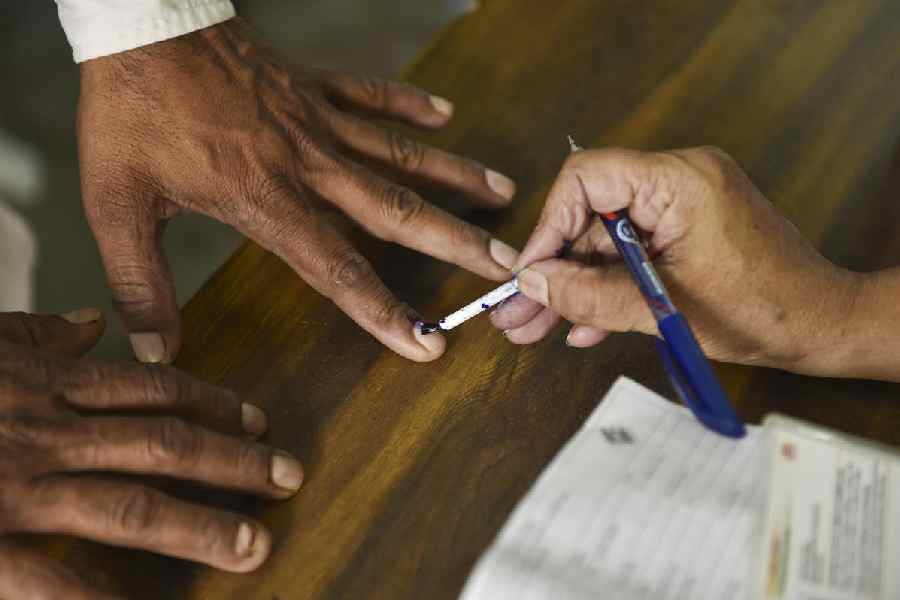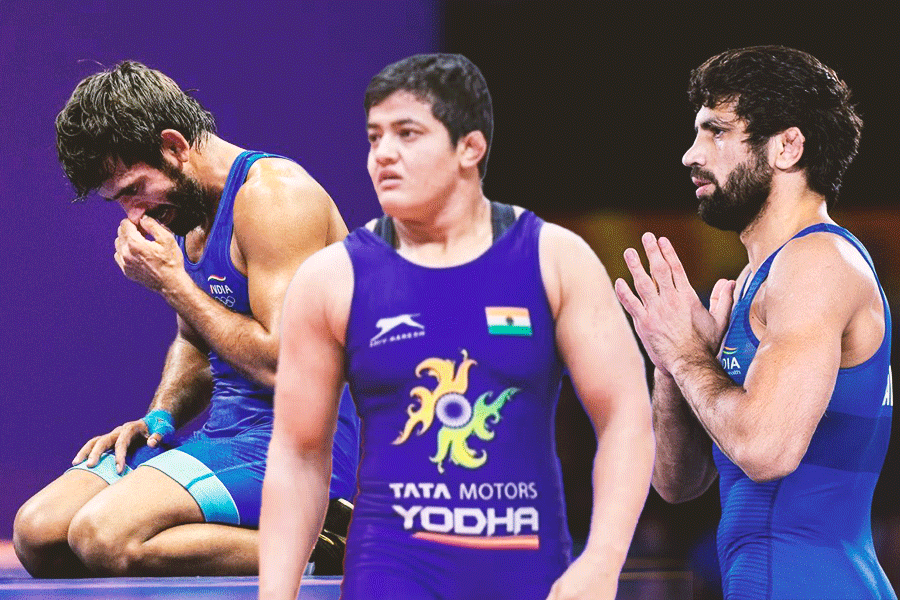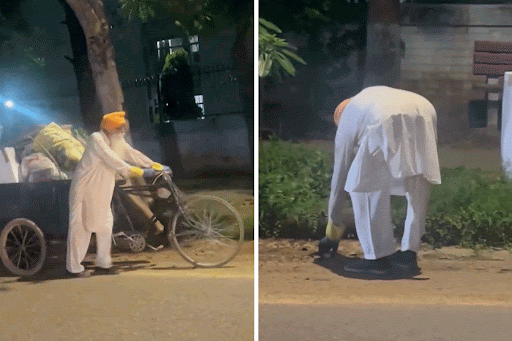New Delhi, June 26: The Union health ministry is likely to soon notify standards set by food safety regulators for alcoholic beverages, specifying approved alcohol content, additives and the number of standard drinks per bottle or can.
The Food Safety Standards Authority of India (FSSAI) has for the first time approved sets of standards for a range of alcoholic drinks - beer, brandy, gin, rum, vodka, wine, whisky, among others - and moved them to the health ministry for notification.
The standards are in alignment with the International Organisation of Vine and Wine standards (OIV), the FSSAI's chief executive officer Pawan Kumar told PTI.
The OIV is an inter-governmental scientific and technical agency that sets standards and guidelines for alcoholic beverages and seeks to promote international harmonisation of standards.
A public notice from the FSSAI on the proposed standards has specified the amount of ethyl alcohol in each category of alcoholic beverages, production methods and a list of compounds banned as additives in alcoholic drinks.
The proposed standards may also require manufacturers to print a statement of the number of standard drinks on the label of each bottle or can of the alcoholic beverage, with a standard drink defined as 10gm or 12.7ml of ethyl alcohol.
Under this rule, the label of a 750ml bottle of wine containing 12.5 per cent alcohol by volume would need to say: "Contains 7.4 standard drinks." A 375ml can of beer with 4.9 per cent alcohol by volume would need to be labelled: "Contains 1.4 standard drinks." And the label of a 750ml bottle of whisky or rum with 36 per cent alcohol by volume would need to say: "Contains 22 standard drinks."
The FSSAI document does not specify why the number of standard drinks should be mentioned on the label, but medical experts in India have long been concerned about what they view as a high prevalence of binge drinking in India.
However, public health experts say it would be premature to predict what impact such labelling would have on alcohol consumption. "Labelling is a recommended strategy, but we still need research to determine what specific messages or content might work for Indian alcohol users," said Monika Arora, director of health promotion and tobacco control at the New Delhi-based Public Health Foundation of India.
The standards will also specify various limits for potentially toxic contaminants including acetyldehyde, arsenic, cadmium, lead, methyl alcohol, among others for all the categories of alcoholic beverages.
The standards require that manufacturers mention on bottle labels the origin of the wines, the generic names of grape varieties or raw materials used, and the geographic origin and vintage dates. If a wine label carries the name of a place such as a region or sub-region, 75 per cent of the grapes must come from that place. The labels would also need to mention preservatives and residues in the final product.











